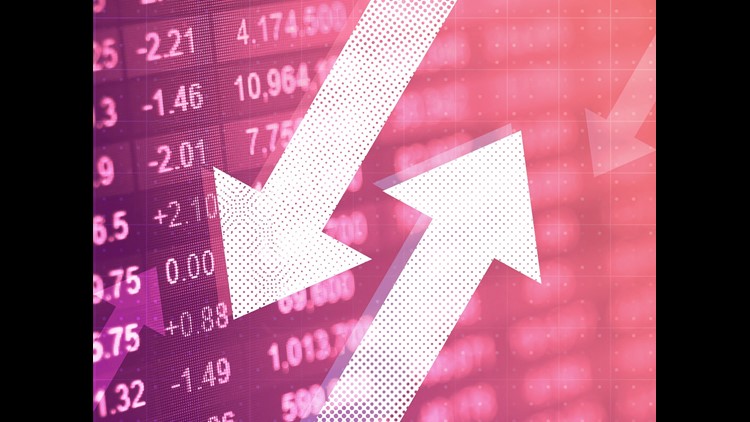(CNN Money) — The beaten-down stock market is back on the upswing.
The Dow climbed 300 points, or more than 1%, at Monday’s opening bell, a modest rebound after the worst week in two years. The S&P 500 and Nasdaq also gained about 1%.
The rally follows a chaotic trading session on Friday that ended with a 330-point bounce for the Dow.
Historic volatility shook Wall Street last week as investors worried about inflation and rising bond yields. The selling culminated in two 1,000-point plunges that left the Dow in a correction, a 10% decline from previous highs.
“The roller-coaster trading pattern of last week obviously caused investors to experience stress and uncertainty,” said Terry Sandven, chief equity strategist at U.S. Bank Wealth Management.
Although the stock market is probably “oversold” in the short term, Sandven warned that it’s “premature to conclude a bottom has been reached.”
Most major European and Asian stock indexes rose Monday. London, Paris and Frankfurt all gained more than 1%, and Shanghai closed up 0.8%. But some markets struggled to shrug off the gloom. Hong Kong’s Hang Seng index slipped 0.2%, and the benchmark Australian index lost 0.3%.
Some investors believe the market tumble represents a buying opportunity because the turmoil doesn’t change the positive environment for stocks. The U.S. economy is strong, unemployment is low, global growth is picking up, and corporations are minting money.
Out of the past 16 market corrections since 1976, only five occurred around a recession, according to Goldman Sachs. Markets typically recover from a correction in four to five months, Goldman said.
“The probability of a recession remains well below average, given strong global GDP growth and loose financial conditions,” Goldman chief U.S. equity strategist David Kostin wrote in a recent report.
The stock market will probably keep taking its cues from the bond market. Investors fear that the era of low interest rates may be ending because of higher inflation, faster growth, less help from central bankers and rising budget deficits.
The 10-year Treasury yield has climbed rapidly from 2.4% at the start of 2018 to about 2.86%. That’s a big deal because Treasuries help set the price for virtually every other asset. Higher returns for ultra-safe government debt could hurt demand for riskier assets like stocks. Analysts expect Treasury yields to continue creeping higher. A rapid rise above 3% could cause more market stress.
“It’s hard to envision equities trending meaningfully higher when rates are climbing,” said Sandven. “We think equities will go sideways until we figure out where interest rates are likely to stay.”
Although the steep drops and volatile trading last week evoked memories of the scary days of the financial crisis in 2008, the market and economy are now in vastly better shape. Unemployment is at its lowest level in 17 years, and the banking system has mostly healed.
But a recent piece of good economic news — a pickup in wage growth in the United States — has unsettled investors, raising questions about what the U.S. Federal Reserve will do next.
If inflation accelerates, driven in part by higher wages, the Fed could raise interest rates more often and more steeply than previously anticipated. Higher rates would increase the cost of borrowing, potentially eating into companies’ profits and making their stock less attractive.



